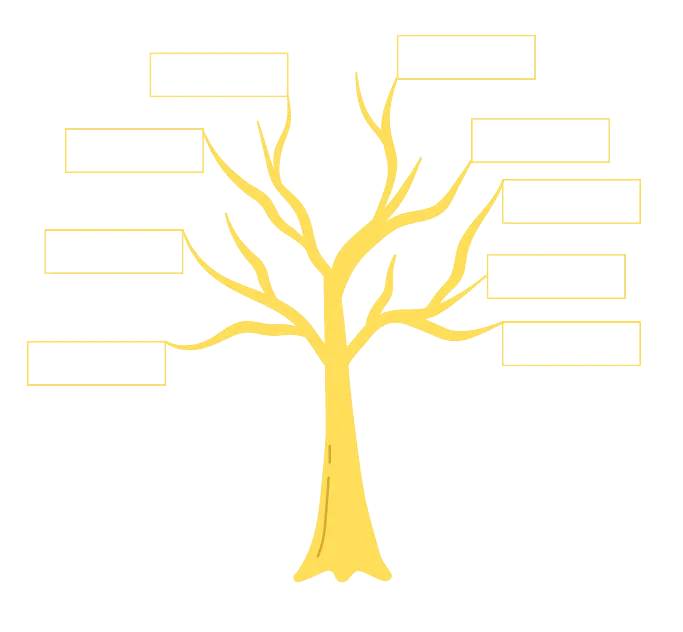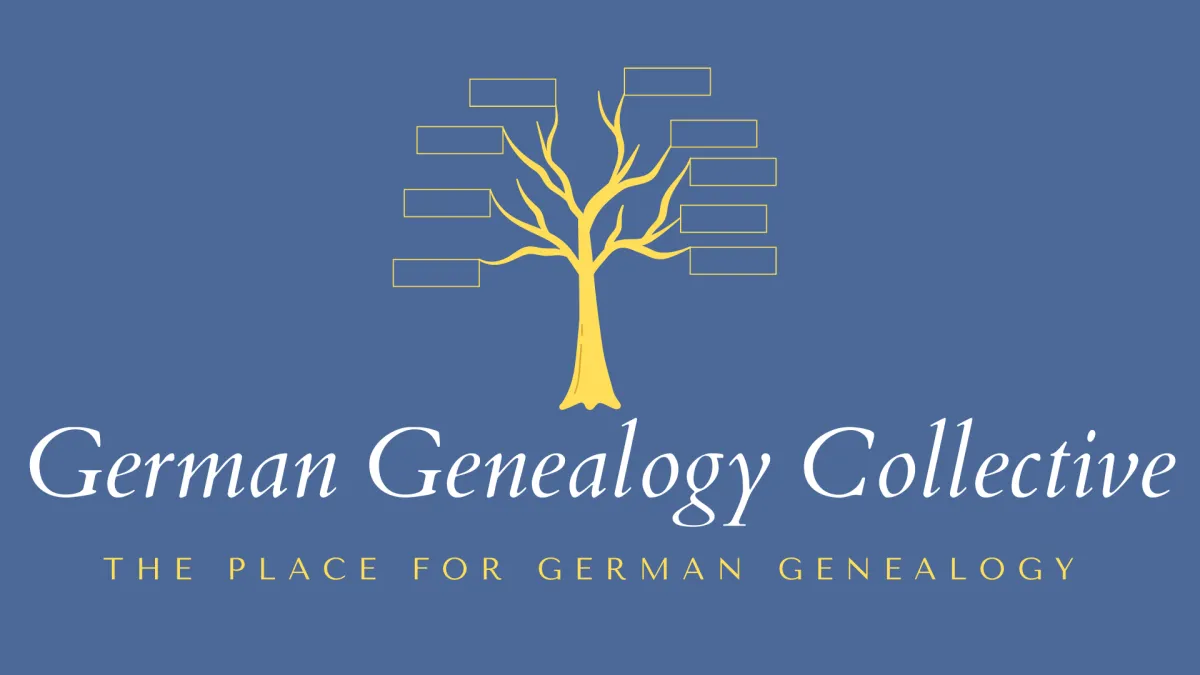

Check Out Our Blogs
Check Out Our Blog

German Genealogy and Rugby: A Match Made in Confusion
What do German genealogy and rugby have in common? At first glance, not much—unless you count the occasional bruised ego when hitting a dead-end in research or the fact that both require strategic thinking, persistence, and a willingness to get a little (historically) dirty.
Back in 2007, I found myself at the German Rugby Championship final, watching my third-ever rugby game. My friend Crisca, on the other hand, was experiencing the sport for the first time. As the match unfolded, I enthusiastically explained how a “try” (Versuch) in rugby isn’t actually a try at scoring—it’s a successful one, earning the team five points.
Her slightly overwhelmed expression reminded me of someone else—my dear Schatzi, who gets the same look whenever I throw German genealogy terminology at him.
Let’s be honest: German genealogy has its own set of tricky jargon, and for many people overseas with German ancestors, it can feel as foreign as rugby rules. So, let’s clear up a few common terms that might sound similar but have distinct meanings (just like in rugby).
Ahnenforschung vs. Familienforschung
Ahnenforschung (Ancestor Research) means working backward from the present into the past, tracing direct ancestors.
Familienforschung (Family Research), on the other hand, works forward, starting with a historical person and tracing descendants into the present.
Calling Ahnenforschung “family history research” is correct, but the two approaches differ in direction.
Much like rugby, where players pass the ball backward to move forward, in German genealogy, sometimes looking backward is the best way to advance!
Stammbaum, Stammtafel, and Ahnentafel—Which Tree Is Which?
A Stammbaum (family tree) visually shows descendants of a specific ancestor. The starting person (or proband) is usually at the bottom—just like the roots of a tree.
A Stammtafel (pedigree chart) also shows descendants, but it’s structured differently, with the starting person at the top.
An Ahnentafel (ancestor chart) focuses on ancestors rather than descendants. It’s sometimes mistakenly called a “Familienstammbaum” (family tree), but technically, it’s an ancestor tree.
So, whether your German genealogy chart grows from the ground up or spreads out like rugby players across a field, it all depends on perspective!
Essential Gear for German Genealogy (No Helmet Required)
Unlike rugby players, genealogists don’t need helmets or cleats, but we do need the right tools:
✅ A computer with internet access (to explore online records, research databases, and connect with fellow genealogists).
✅ Family tree software or an organized system (to manage your findings and keep track of ancestral connections).
✅ Patience (especially when deciphering Gothic script and Fraktur typefaces).
Will German Genealogy Ever Make It to the Olympics?
Between 1900 and 1924, rugby was an Olympic sport. Will German genealogy ever get there? Probably not—unless they introduce a “fastest-record-transcription” or “oldest-record-deciphering” competition.
But until then, we’ll keep tackling our family mysteries, making game-changing discoveries, and celebrating every successful research try!
P.S. Back in 2007, the Hamburg women’s rugby team from FC St. Pauli won the championship with a dominating 34:17 victory over Heidelberg. Maybe it’s time we genealogists celebrated our wins just as enthusiastically! 🎉
Confused by German Genealogy? You’re Not Alone!
German genealogy can feel as complicated as rugby rules—but you don’t have to figure it out alone.
Join the German Genealogy Collective (GGC)—where family researchers from around the world come together to uncover their German ancestors' stories! With live sessions, expert guidance, and a supportive community, you’ll have everything you need to make sense of your German heritage.


German Genealogy Collective
THE PLACE FOR GERMAN GENEALOGY
Andrea Bentschneider

©2024 German Genealogy Collective, All Right Reserved | Terms & Conditions
